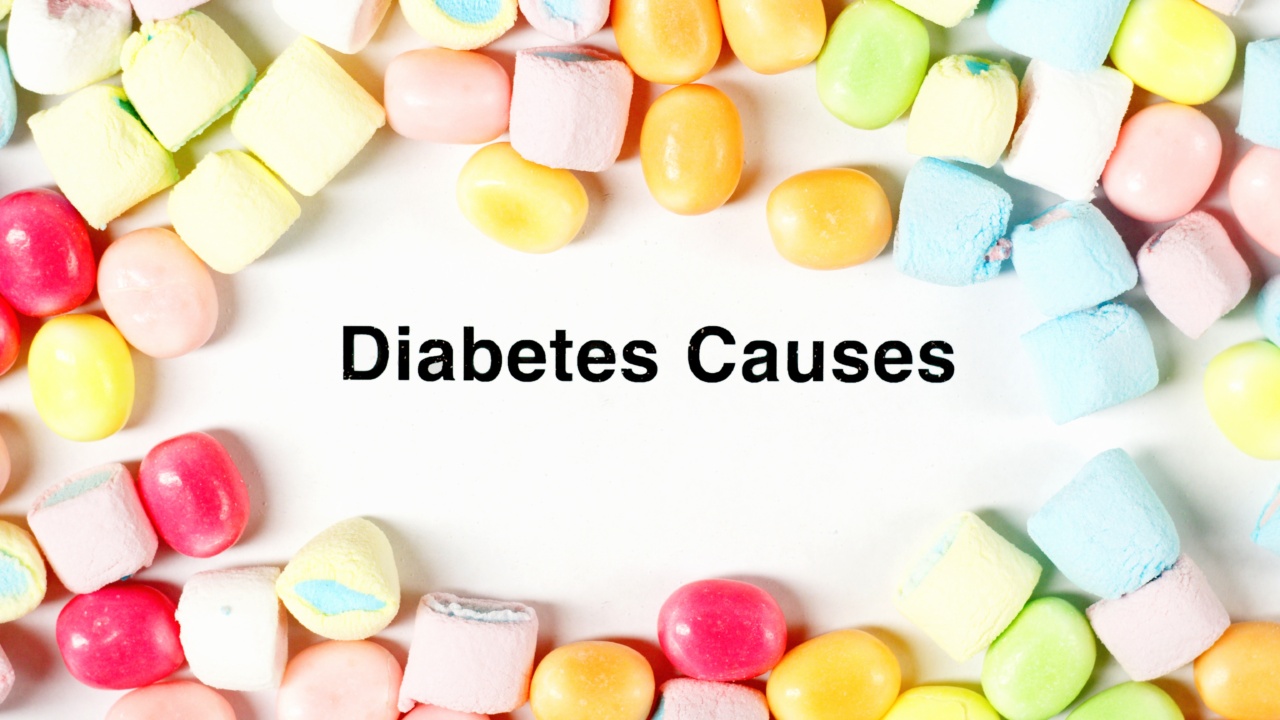Type 1 diabetes, also known as juvenile diabetes, is a chronic condition in which the pancreas produces little to no insulin. This type of diabetes is typically diagnosed in children, teenagers, and young adults, but it can occur at any age.
Detecting type 1 diabetes early is crucial for managing the condition and preventing complications. In this article, we will explore the causes and symptoms of type 1 diabetes to increase awareness and understanding of this medical condition.
The Causes of Type 1 Diabetes
The exact cause of type 1 diabetes is still unknown, but several factors contribute to its development.
The main underlying cause is an autoimmune response, where the body’s immune system mistakenly attacks and destroys the insulin-producing cells in the pancreas. Genetic susceptibility and environmental triggers play significant roles in this process.
Genetics: Certain genes are associated with an increased risk of developing type 1 diabetes, but not everyone with these genes will develop the condition.
Family history of type 1 diabetes can also increase the likelihood of an individual being diagnosed with the disease.
Environmental Triggers: While genetics predispose someone to type 1 diabetes, environmental factors often trigger its onset.
These triggers may include viral infections, such as enteroviruses, which can cause damage to the pancreas and initiate the autoimmune response.
The Symptoms of Type 1 Diabetes
Recognizing the symptoms of type 1 diabetes is crucial for prompt diagnosis and treatment. The signs may appear suddenly and progressively worsen, requiring immediate medical attention. Common symptoms of type 1 diabetes include:.
1. Frequent Urination
Excessive urination, also known as polyuria, is often an early sign of type 1 diabetes. The high levels of glucose in the blood pull fluid from the body tissues, leading to increased urine production. This can result in frequent trips to the bathroom.
2. Excessive Thirst
Increased urination leads to dehydration, which causes excessive thirst (polydipsia). Individuals with type 1 diabetes often feel compelled to drink large amounts of water or other fluids to quench their thirst and combat the fluid loss.
3. Unexplained Weight Loss
Rapid and unintentional weight loss is a common symptom of type 1 diabetes. The body breaks down fat and protein for energy instead of using glucose due to insulin deficiency.
This can lead to significant weight loss even when calorie intake remains normal or increased.
4. Fatigue and Weakness
Type 1 diabetes affects the body’s ability to convert glucose into energy. Without sufficient insulin, cells are unable to utilize glucose effectively, leading to fatigue and weakness.
Individuals may feel constantly tired, even after getting enough rest.
5. Increased Hunger
Despite consuming adequate amounts of food, individuals with type 1 diabetes may experience persistent hunger (polyphagia). The lack of insulin prevents glucose from entering the cells, causing them to signal hunger to the brain.
6. Blurred Vision
High blood sugar levels can affect the lens in the eye, causing it to swell and change shape, leading to blurred vision. Blurry vision is often temporary in individuals with undiagnosed or uncontrolled type 1 diabetes.
7. Irritability
Fluctuating blood sugar levels can significantly impact mood and contribute to irritability and mood swings. People with undiagnosed type 1 diabetes may experience sudden changes in emotions and find it challenging to control their temper.
8. Slow Healing of Wounds
Uncontrolled diabetes can impair blood circulation and affect the healing process. Even minor cuts or sores may take longer to heal or become infected, requiring medical intervention.
9. Yeast Infections
Type 1 diabetes can create an environment conducive to yeast growth, leading to frequent infections. Yeast infections commonly occur in warm and moist areas of the body, such as the mouth, genitals, and under the breasts.
10. Fruity Breath Odor
When blood sugar levels are extremely high, a condition called diabetic ketoacidosis can develop. As the body breaks down fats for energy, ketones are produced, resulting in a fruity or sweet odor on the breath.
If any of these symptoms are experienced, it is important to consult a healthcare professional for further evaluation and testing. Early detection and timely treatment can prevent complications associated with type 1 diabetes.
Conclusion
Type 1 diabetes is a chronic condition characterized by the destruction of insulin-producing cells in the pancreas. While the exact cause is unknown, genetics and environmental factors are thought to contribute to its development.
Recognizing the symptoms of type 1 diabetes plays a crucial role in early detection and management. Frequent urination, excessive thirst, unexplained weight loss, fatigue, increased hunger, blurred vision, irritability, slow wound healing, yeast infections, and fruity breath odor are common signs to watch out for.
Seeking medical attention promptly allows for appropriate treatment and helps prevent complications.





























